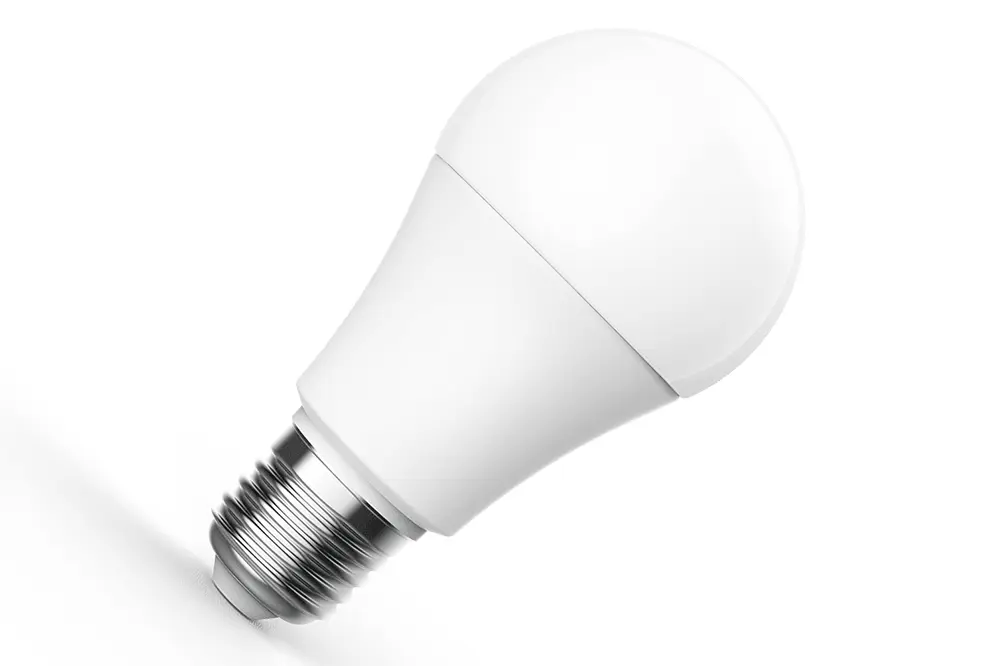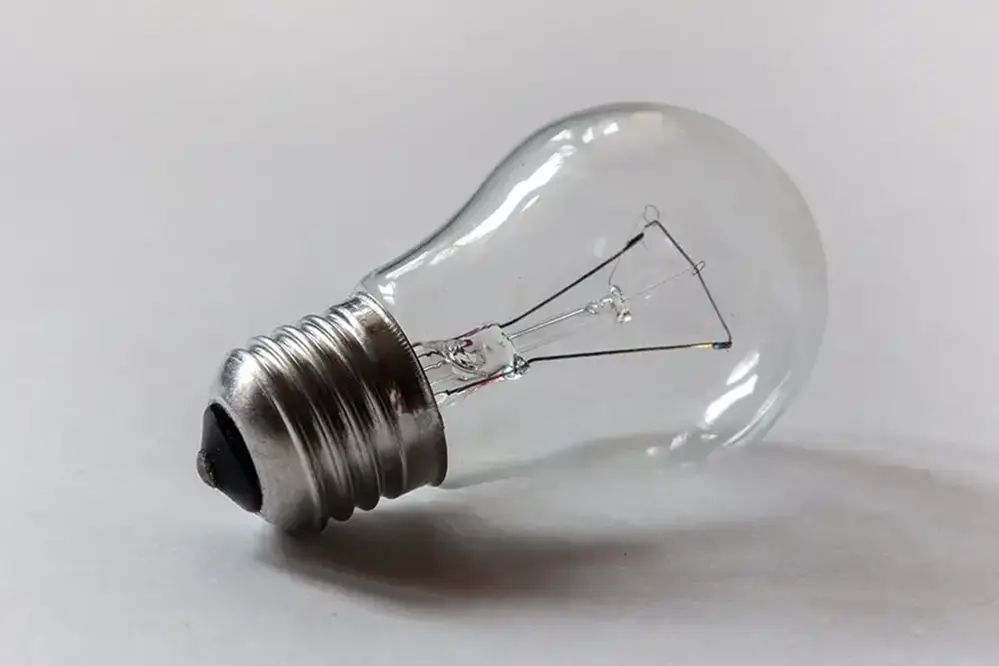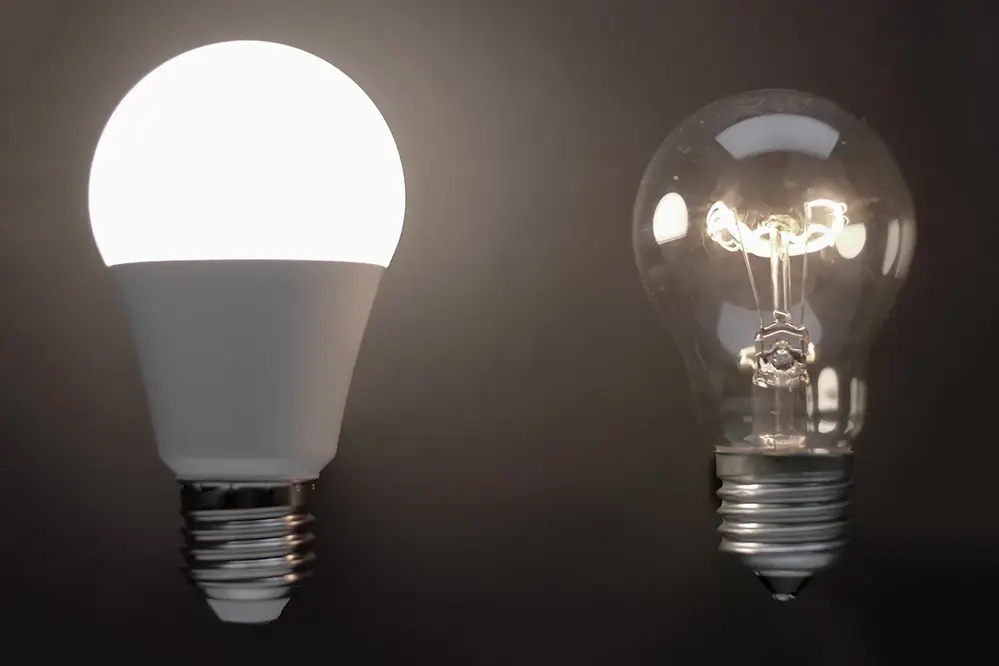Are you ready to shed some light on the age-old debate between LED and incandescent bulbs? In this comprehensive blog post, we’ll illuminate the key differences, advantages, and disadvantages of these two lighting technologies. Whether you’re a lighting enthusiast or a professional in the industry, this article will provide you with the insights you need to make an informed decision. So, let’s flip the switch and explore the world of LED vs. incandescent bulbs!
As technology continues to advance, so does the world of lighting. LED (Light Emitting Diodes) bulbs have emerged as a game-changer, offering energy efficiency, long lifespan, and a range of other benefits. On the other hand, incandescent bulbs have been a staple in our homes for decades, providing warm and familiar light. But which one is truly the superior choice? Join us as we delve into the nitty-gritty details and uncover the pros and cons of LED and incandescent bulbs.
Now, let me introduce myself. I’m Tom, and I’ve been a part of the LED lighting industry since 2005. Over the years, I’ve witnessed the remarkable evolution of LED technology and gained extensive knowledge about its intricacies. Drawing from my experience and expertise, I’ve meticulously crafted this blog post to provide you with a comprehensive guide to LED vs. incandescent bulbs. From the basics of how these bulbs work to their energy efficiency, lifespan, cost analysis, environmental impact, and more, I’ve covered it all.
So, if you’re ready to shed some light on the LED vs. incandescent bulb debate, let’s dive right in! Whether you’re looking to upgrade your home lighting or seeking professional insights for your lighting projects, this blog post will equip you with the information you need to make an informed decision. Get ready to illuminate your knowledge and discover which type of bulb shines the brightest!
Understanding LED and Incandescent Bulbs
LED bulbs and incandescent bulbs differ in their technology and construction. LED bulbs utilize light-emitting diodes to produce light, while incandescent bulbs rely on a filament that emits light when heated. LED bulbs are known for their energy efficiency, long lifespan, and durability. On the other hand, incandescent bulbs are less efficient and have a shorter lifespan. Let’s explore these differences in more detail.
LED Bulbs

LED bulbs are a revolutionary lighting technology that has gained popularity in recent years. They consist of small semiconductors that emit light when an electric current passes through them. This process is known as electroluminescence. LED bulbs are highly efficient, converting a significant portion of the electrical energy into light. They also have a longer lifespan compared to incandescent bulbs, making them a cost-effective choice in the long run.
Incandescent Bulbs

Incandescent bulbs have been the traditional choice for lighting for many years. They work by passing an electric current through a filament, which heats up and emits light. However, incandescent bulbs are not as efficient as LED bulbs. They convert a large portion of the electrical energy into heat rather than light, resulting in wasted energy. Additionally, incandescent bulbs have a shorter lifespan and are more prone to breakage.
Comparing Efficiency and Energy Use
When it comes to efficiency and energy use, LED bulbs outshine incandescent bulbs. LED bulbs are known for their high lumens per watt ratio, which means they produce more light using less energy. In contrast, incandescent bulbs have a lower lumens per watt ratio, making them less efficient. This efficiency difference translates into significant energy savings and lower utility bills when using LED bulbs.
LED bulbs are also more environmentally friendly due to their lower energy consumption. They help reduce greenhouse gas emissions and contribute to a greener and more sustainable future. On the other hand, incandescent bulbs consume more energy, leading to higher carbon emissions and increased strain on natural resources.
Lifespan and Durability
One of the key advantages of LED bulbs is their impressive lifespan. LED bulbs can last up to 50 times longer than incandescent bulbs. This extended lifespan not only saves money on frequent bulb replacements but also reduces waste and the environmental impact of discarded bulbs.
LED bulbs are also more durable compared to incandescent bulbs. They are resistant to physical impacts and vibrations, making them suitable for various applications, including outdoor lighting. Incandescent bulbs, on the other hand, are fragile and prone to breakage, requiring more frequent replacements.
Cost Analysis Over Time
While LED bulbs may have a higher upfront cost compared to incandescent bulbs, their long-term savings outweigh the initial investment. LED bulbs are more energy-efficient, resulting in lower electricity bills over time. Additionally, their extended lifespan eliminates the need for frequent replacements, further reducing costs. When considering the overall cost of ownership, including purchase price and operating costs, LED bulbs prove to be a cost-effective choice.
Environmental Impact
LED bulbs have a significantly lower environmental impact compared to incandescent bulbs. They produce fewer greenhouse gas emissions during their operation, contributing to a cleaner and healthier environment. Additionally, LED bulbs do not contain mercury, a toxic substance found in incandescent bulbs. This makes LED bulbs safer to use and dispose of, reducing the risk of environmental contamination.
Light Quality and Color Rendering
LED bulbs offer superior light quality compared to incandescent bulbs. They have a higher color rendering index (CRI), which measures the ability of a light source to accurately render colors. LED bulbs can produce a wide range of colors, allowing for more versatile lighting options. Incandescent bulbs, while providing warm and familiar light, have a lower CRI and limited color options.
FAQs
Are LED bulbs more expensive upfront?
LED bulbs may have a higher upfront cost compared to incandescent bulbs. However, their energy efficiency and long lifespan make them a cost-effective choice in the long run.
Can LED and incandescent bulbs be used interchangeably in all fixtures?
LED and incandescent bulbs have different electrical requirements. It is important to check the compatibility of the bulb with the fixture before installation.
How does the lifespan of LED bulbs compare to incandescent bulbs?
LED bulbs have a much longer lifespan compared to incandescent bulbs. They can last up to 50 times longer, reducing the need for frequent replacements.
What are the environmental benefits of switching to LED bulbs?
Switching to LED bulbs reduces energy consumption, lowers greenhouse gas emissions, and eliminates the use of toxic substances like mercury, resulting in a positive environmental impact.
How do you compare the brightness between LED and incandescent bulb?
When comparing the brightness between LED and incandescent bulbs, it’s important to consider the measurement of light output, which is typically expressed in lumens. While incandescent bulbs have been traditionally associated with a warm and bright glow, LED bulbs have made significant advancements in recent years and can now match or even surpass the brightness of incandescent bulbs.
LED bulbs are known for their high efficiency in converting electrical energy into light, resulting in a higher lumen output per watt compared to incandescent bulbs. This means that LED bulbs can produce the same amount of brightness using less energy. For example, a 60-watt incandescent bulb may produce around 800 lumens, while an equivalent LED bulb may only require 9-12 watts to achieve the same level of brightness.
Additionally, LED bulbs offer the advantage of directional lighting, allowing for more focused and concentrated illumination. This can be particularly beneficial in task lighting scenarios or when you want to highlight specific areas or objects.
It’s worth noting that when selecting LED bulbs, you can choose from a range of brightness options to suit your specific needs. Manufacturers often provide information on the lumen output of their LED bulbs, allowing you to select the desired level of brightness for your space.
In summary, while incandescent bulbs have long been associated with brightness, LED bulbs have caught up and can now provide comparable or even superior levels of brightness while offering the added benefits of energy efficiency and directional lighting.
What is better incandescent or LED lights?
When comparing incandescent and LED lights, it’s important to consider several factors. Incandescent lights have a warm, traditional glow, but they are less energy-efficient and have a shorter lifespan than LED lights. LED lights are known for their energy efficiency, long lifespan, and versatility in terms of color options. They also emit less heat and are less likely to break. Ultimately, the better choice depends on your individual needs and priorities.
Why is it practical to use LED lights instead of incandescent bulbs?
LED lights are a practical choice over incandescent bulbs for several reasons. Firstly, LEDs are more energy-efficient, converting a higher percentage of electrical energy into light rather than heat. This means that LED lights use less electricity to produce the same amount of light, resulting in lower energy bills and reduced environmental impact.
In addition, LED lights have a longer lifespan compared to incandescent bulbs. LEDs can last up to 25 times longer, which means less frequent replacements and maintenance. This not only saves money in the long run but also reduces waste and the hassle of constantly changing burnt-out bulbs.
LED lights also offer superior durability and reliability. They are highly resistant to shock, vibrations, and extreme temperature changes, making them ideal for outdoor and industrial applications. LEDs are also capable of providing instant full brightness, unlike incandescent bulbs that take time to warm up.
Furthermore, LED technology allows for more flexibility in terms of lighting design and control. LEDs are available in a wide range of colors and can be dimmed to achieve the desired ambiance. They are also compatible with smart lighting systems, enabling remote control, automation, and integration with other smart devices.
Overall, the practicality of using LED lights instead of incandescent bulbs lies in their energy efficiency, long lifespan, durability, versatility, and compatibility with modern lighting technologies. By making the switch to LEDs, individuals and businesses can enjoy cost savings, reduced environmental impact, and enhanced lighting experiences.
How much does it cost to run a 60 watt light bulb for 24 hours?
To calculate the cost of running a 60 watt light bulb for 24 hours, we need to consider the electricity rate and the wattage of the bulb.
First, let’s find out the energy consumption. Energy consumption is calculated by multiplying the power (in watts) by the time (in hours). In this case, we multiply 60 watts by 24 hours, which gives us 1,440 watt-hours (Wh) of energy consumed.
Next, we need to convert watt-hours to kilowatt-hours (kWh) to determine the cost. Divide the watt-hours by 1,000 to get the energy consumption in kilowatt-hours. In this case, 1,440 Wh is equal to 1.44 kWh.
To find the cost, we multiply the energy consumption (1.44 kWh) by the electricity rate. This rate is typically measured in dollars per kilowatt-hour ($/kWh). Let’s assume the electricity rate is $0.12/kWh.
Finally, we multiply 1.44 kWh by $0.12/kWh, which equals $0.173. Therefore, it would cost approximately $0.17 (rounded) to run a 60 watt LED light bulb for 24 hours based on the given electricity rate.
Keep in mind that electricity rates may vary, so it’s important to check with your utility provider for the most accurate information. Additionally, this calculation does not take into account any additional charges, taxes, or discounts that may be applicable.
Are LED bulbs more expensive than incandescent?
LED bulbs are generally more expensive than incandescent bulbs. However, the initial cost of LED bulbs is offset by their longer lifespan and energy efficiency.
LED bulbs use light-emitting diodes to produce light, which is a more advanced technology compared to the filament used in incandescent bulbs. This makes LED bulbs more expensive to manufacture, resulting in a higher price tag.
Despite the higher upfront cost, LED bulbs have a much longer lifespan than incandescent bulbs, lasting up to 25 times longer. This means fewer replacements and savings in the long run.
Additionally, LED bulbs are much more energy-efficient than incandescent bulbs. They consume significantly less electricity to produce the same amount of light, resulting in lower energy bills over time.
Furthermore, LED bulbs offer other advantages such as lower heat output, better color accuracy, and dimmability options. These features contribute to their overall value and justify the higher price point.
In conclusion, while LED bulbs may be more expensive upfront, their longer lifespan, energy efficiency, and additional features make them a worthwhile investment for lighting enthusiasts and professionals.
When were LED bulbs first introduced?
LED bulbs were first introduced in the early 1960s. These bulbs are illuminated by light-emitting diodes (LEDs), which are semiconductor devices that emit light when an electric current passes through them.
LED technology has come a long way since its inception. Initially, LEDs were primarily used as indicator lights in electronic devices. However, advancements in the technology led to the development of brighter and more efficient LEDs, making them suitable for various lighting applications.
Today, LED bulbs are widely used in residential, commercial, and outdoor lighting. They offer numerous benefits such as energy efficiency, longer lifespan, and a wide range of color options. LED bulbs have revolutionized the lighting industry, providing a more efficient and sustainable alternative to traditional incandescent and fluorescent bulbs.
With ongoing advancements, LED technology continues to evolve, offering even more innovative features and capabilities. LEDs have become an integral part of modern lighting systems, and their popularity is expected to grow as we strive for more energy-efficient and environmentally friendly lighting solutions.
Conclusion
In the LED vs. incandescent bulb showdown, LED bulbs emerge as the clear winner. They offer superior energy efficiency, longer lifespan, durability, and environmental benefits. While incandescent bulbs may have a lower upfront cost, their inefficiency and shorter lifespan make them a less sustainable choice. By making the switch to LED bulbs, you not only save money in the long run but also contribute to a greener and more sustainable future. So, next time you need to light up your space, consider the bright idea of LED bulbs.





